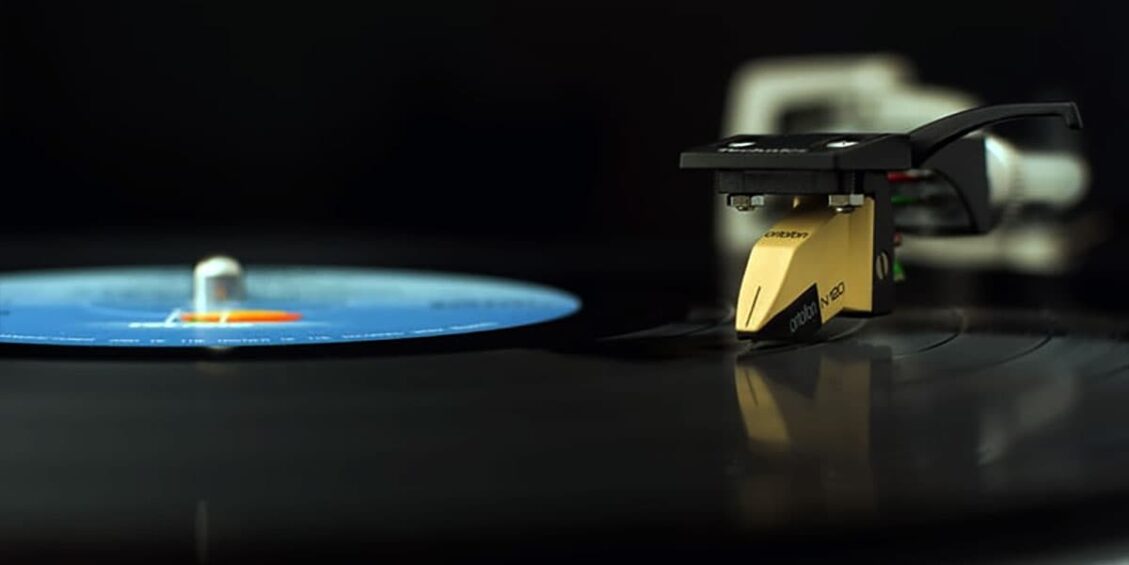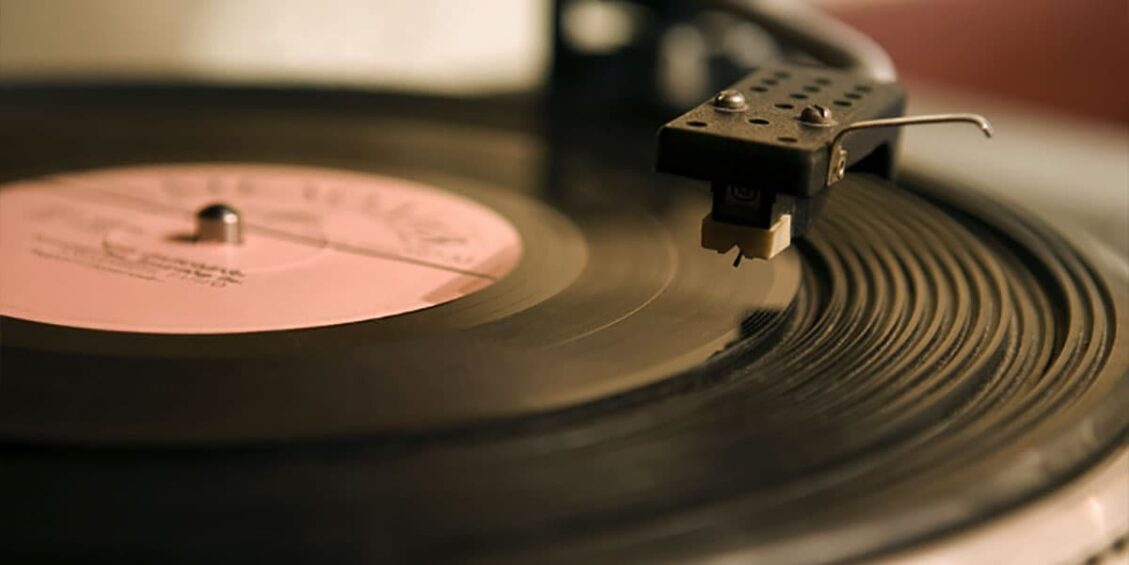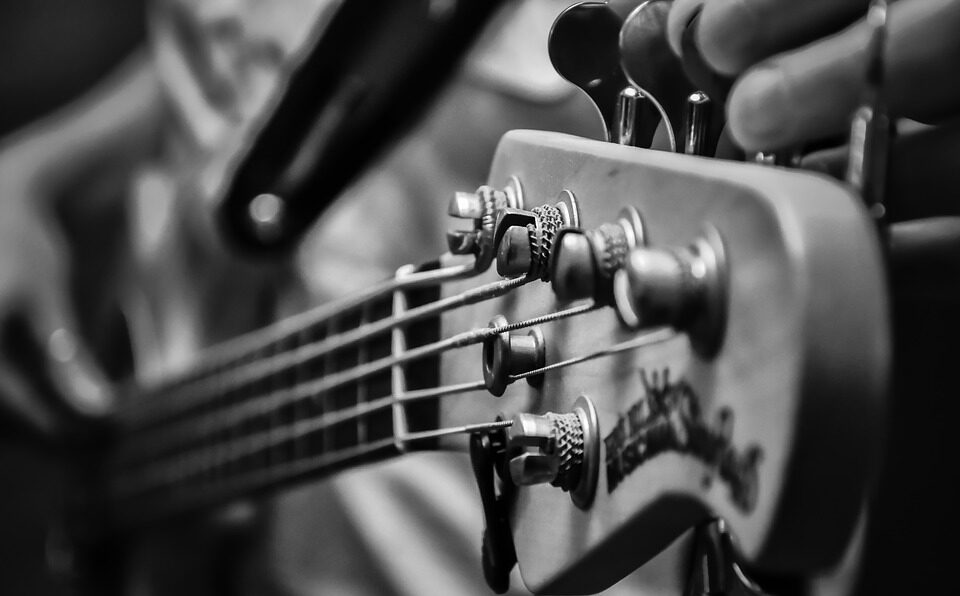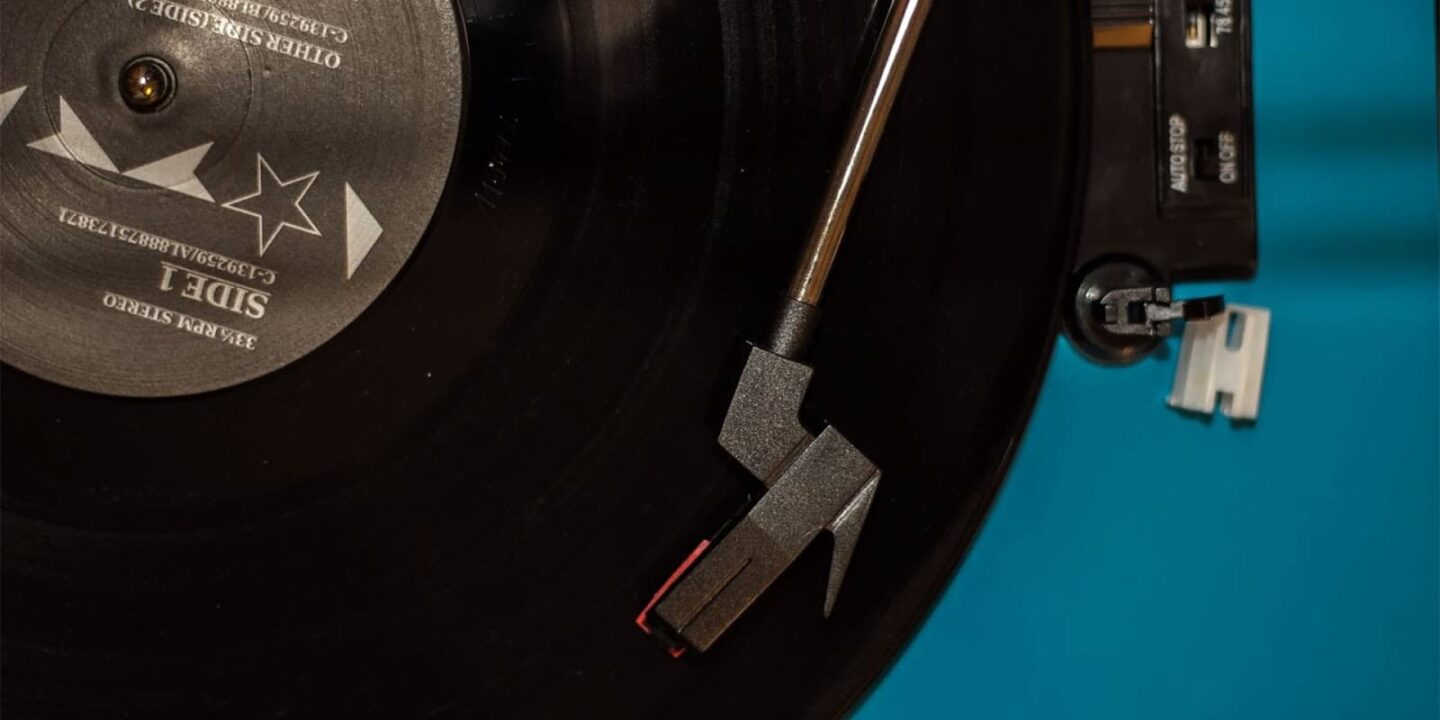This is the age of music streaming, downloads, and playlists. The world has become digital. But is modern digital technology really better than analog music experience? Some audiophiles would argue with this statement.
Even though the CD was supposed to take everyone by storm back in the 80s and 90s, vinyl has had an unexpected resurgence. This can be attributed to its fans flocking to his old-school vibe and sound. Records are once again spinning on turntables, and music lovers are turning back the hands of time for a cozier, more soulful sound.
In this article, we will talk about why fans of vinyl records value the vinyl listening experience so much and what is the secret of the warmth of vinyl sound.
The allure of analog sound
It’s worth mentioning a little about the vinyl sound concept and characteristics. Vinyl records produce what is known as an analog sound. This means the physical grooves etched into the vinyl directly correlate to the recorded sound’s waveform. As the needle tracks these grooves, the movements are transmitted into electrical signals that vibrate the speaker’s diaphragm to reproduce the sounds.
Many music lovers argue analog sound has depth and warmth that evokes the original performance. The smooth, continuous signal carved into vinyl allows for fine sonic details and nuances to be heard. Tiny resonances, spatial cues, and the rich harmonics of instruments are maintained. To vinyl fans, his lends an authenticity and lifelike immersion that digital cannot match. Further, vinyl’s analog nature means no lossless compression schemes that filter out audio data deemed irrelevant are applied.
The analog format provides access to the actual sound wave contours, resonances, and transients without approximation. This translates into a fullness of sound many find lacking in even high-resolution digital formats. Vinyl allows listeners to connect with recordings at the deepest sensory level – eliciting emotional and physical responses that digital falls short of.

The vinyl listening experience
Vinyl records are made of PVC plastic compound and come in various sizes. The 12-inch LP (long playing) is the most common, which spins at 33 1/3 rpm and can hold over 20 minutes of music per side. These weigh around 150 grams on average. There are also 7-inch 45rpm singles, popularized in the 1950s rock era.
Part of vinyl’s appeal lies in its tangible, tactile qualities. Playing records feels like a ritualistic process instead of just pushing buttons. A lot of automatic turntables under $500, like the Audio-Technica AT-LP3, feature mechanisms that position the tonearm precisely above the record before lowering the needle into the grooves.
As the records spin, the needle tracks microscopic grooves etched into the vinyl. These physical indentations cause the cartridge to produce analog electrical signals. This process connects the listener more intimately to the recording than digital methods. Fans describe relaxing while watching the record revolve as it crackles and pops. The large cover artwork and liner notes also lend to the experience.

So vinyl offers superior analog sound, a gratifying manual interaction, and tactility lacking in purely digital formats. From the first spin, one feels more invested in the music.
Vinyl vs digital: a sonic comparison
Vinyl records and digital formats use different approaches to capturing sound, which significantly impacts sound quality. While digital audio strives for flawless reproduction through sampling and encoding, vinyl retains an analog richness that is more reminiscent of a live performance. There are some key factors behind vinyl’s exceptional warmth and charm:
- Vinyl eschews digital compromises between bit depth and sample rate that filter out micro-details. Its continuous grooves avoid sampling errors and quantization noise, which approximate rather than reproduce the subtleties of sound waves. Vinyl does not lose harmonic or textural information.
- Vinyl bypasses the dynamic range compression that is often applied before MP3’s lossy audio compression. This prevents the loudest and quietest parts from being completely translated. Vinyl supports a broader dynamic of emotional impact.
- Vinyl’s analog distortion produces pleasant overtones missing from the clean but sterile digital sound. The grooves traced with the needle create natural harmonic interactions that many describe as musical and realistic.
According to audiophiles, phonograph records create an emotional resonance and realism in sound that digital technology cannot recapture despite technological advances. Vinyl simply conveys more analog authenticity.
The role of vinyl in audiophile culture
Vinyl records sound different from digital music. They have a warmth and richness that digital technology can’t capture. For many music lovers, vinyl sounds more realistic, as if you are in the same room with the band. Due to the fact that vinyl is completely analog when the sound is converted into 0s and 1s, as happens in digital format, there are no approximations or any losses. The smallest details in the music are visible.
Plus, vinyl mastering doesn’t suppress the loud and quiet parts like MP3s, so you hear more dynamics. Quiet instruments still make a sound, but loud instruments still have an impact.
Also, audiophiles absolutely love the distortion, which is pleasing to the ear, almost like an old tube amp. It sounds bolder and more realistic.
Thus, digital sound becomes increasingly sophisticated, and vinyl captures the soul of the music. Bands, fans, sheet music – it all comes together more on vinyl. It’s a unique listening experience that shows why some people still trust these old records after all these years. Believe me, vinyl really has something special.

